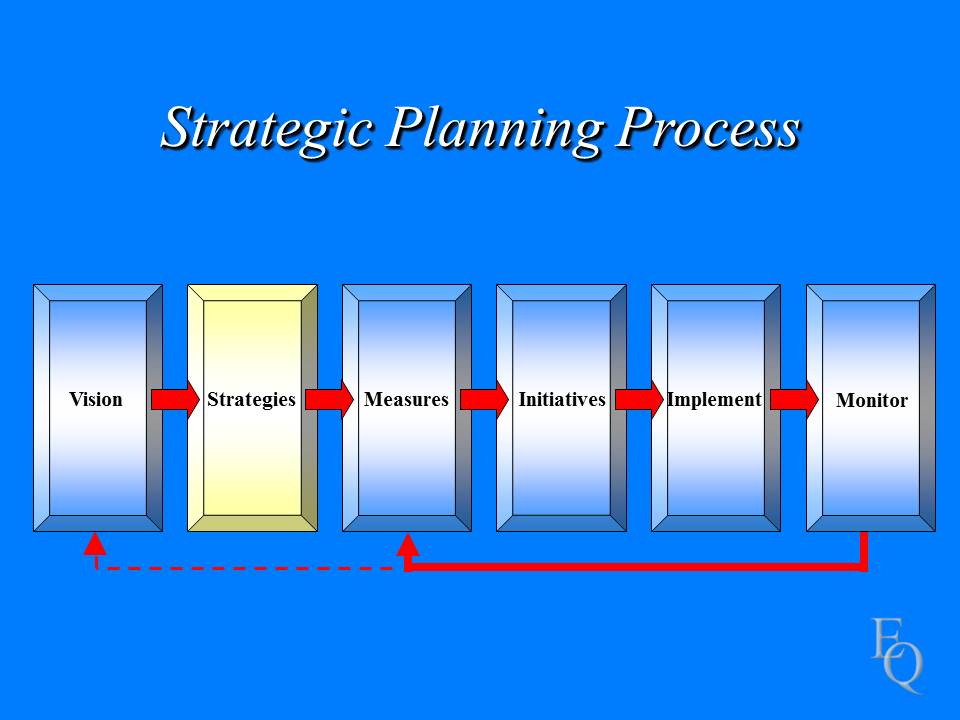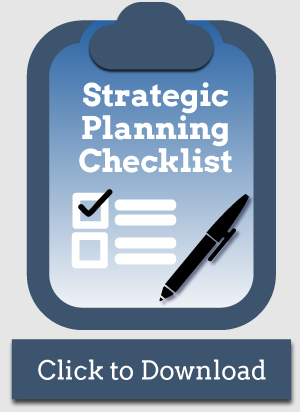Establishing Strategies is the second step in my Strategic Planning Process model. I define strategies as high level guides that will lead the organization on its journey to its Vision. There are several areas where organizations should consider developing or updating their Strategies. Below is a list of areas to consider along with some comments to assist with understanding the concept. All areas will not all apply to any one organization but all should be considered.
Value:
This is a very important strategy but hard too hard to fully explain here. It is how do people choose who will get their business. Is it the low price (like Wal-Mart), superior product/service provided (like Microsoft) or customer intimacy (like Nordstrom)? You need to be superior in one of the areas and good in the other two. You should not be perceived by your customers or future customers as poor in any of the three areas. This concept is explained in the book “Discipline of Market Leaders” by Treacy & Wiersema. It will be worth your time to read this book and apply the concept.
Products/Services:
A list of what you provide today and what the list will be in the future
Geographic Markets:
Where do you cover today and what will it be in the future
Marketing:
A high level approach; areas of focus; what % of income to invest here; SM priority
Margins:
Today and in the future
Facilities:
A description of what you need; quality standards; rent versus buy; location guideline
Suppliers:
Partners or go for the lowest bid
R&D:
Guidelines if you do R&D; % of income to invest here
Economic:
An approach for continuously driving costs down (high volume, efficiency, etc.)
Profitability:
High level guidelines
Outsourcing:
What services are better provided by outsourcing
Alliances:
Organizations where it is important to have good informal working relationships
Partnerships:
Are there organizations where you should strive for formal relationships
Acquisitions:
Important? If important what are guidelines for finding candidates
Inventories:
High level guidelines for levels
Operational:
Guidelines like structure, creativity, efficiency, teamwork
Quality:
Guidelines; importance; process control
Organizational:
Descriptors of the type of organization you would like to have
Cultural:
Descriptions of the culture you are striving to achieve
Leadership:
General guidelines for leadership styles and expectations
Personnel:
Guidelines for using temporaries; empowerment and accountability importance
Development:
How important is development; guidelines for how much is appropriate
Communications:
Means for having good ongoing communications
Other:
It is important that the leadership team reach a consensus on all Strategies. Once the Strategies are established you need to be striving to always follow. Should you have questions regarding this topic, I am only a click or phone call away.
Are the Strategies for your organization identified and appropriate? How long has it been since they have been reviewed?




Speak Your Mind